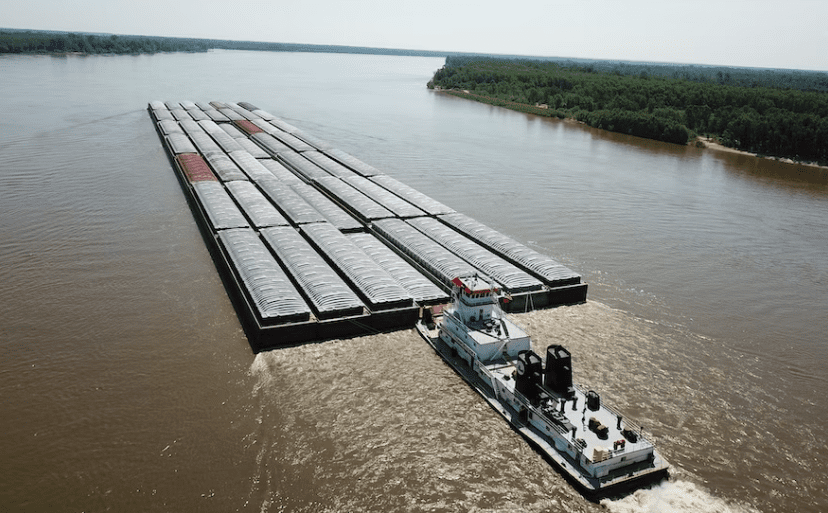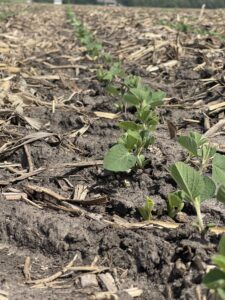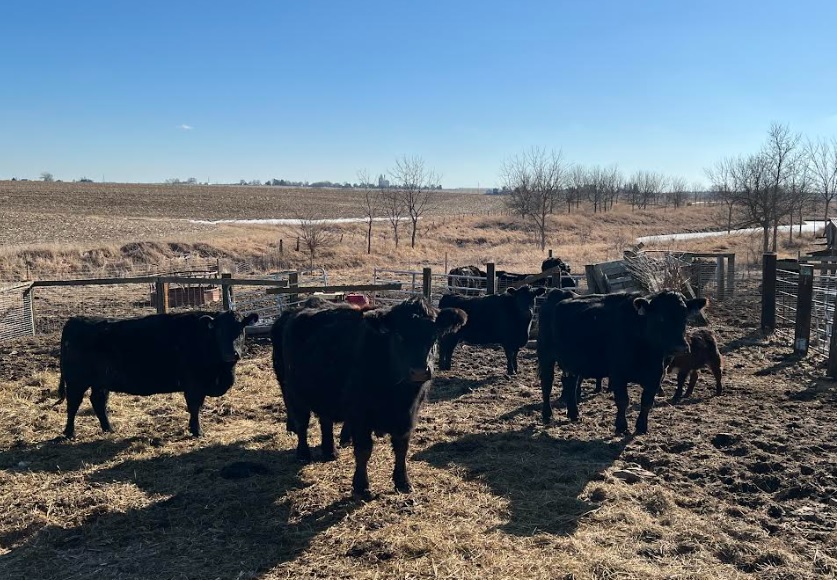For the third straight year, concerns are rising about the unusually low water levels on the Mississippi River. Going into the 2024 harvest season, many concerns have risen around river levels and how they would impact the movement of grain. Justin Allaman with Consolidated Grain and Barge says when grain isn’t moving on the river, it adds more pressure to the grain market.
“Your cash price is made up of futures and basis, and you could say, ‘Why is my cash price less, even though futures have gone up,’ it also with freight costs and what is the river doing, and how we can load and move that grain right.”
According to reports from the Associated Press, around 60 percent of U.S. grain exports utilize the Mississippi River barges.
Grain is not the only market seeing pressure from low river levels. Brandon Marshall with West Central FS shares that the river is also impacting the fertilizer market.
“With the river situation; you’re going to see some issues with that. A lot of the ammonia that we have in this area, or the Midwest, still has to come up the Mississippi River, even though there are production facilities in Iowa” says Marshall. “That usually slows things down right in the middle of the season, when we’re trying to move grain down.”
Marshall notes that the fertilizer market also faces tariffs on phosphorus and anhydrous ammonia.














